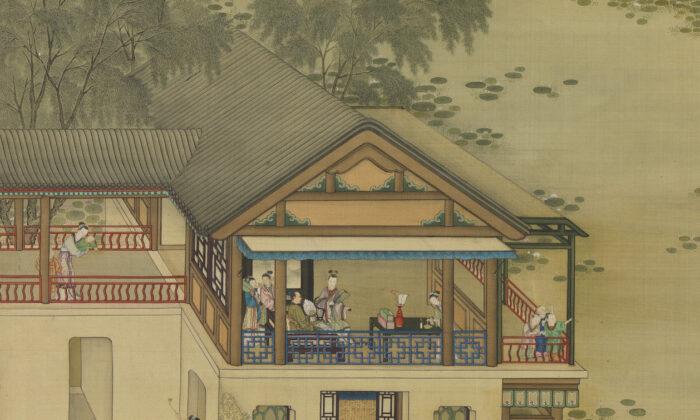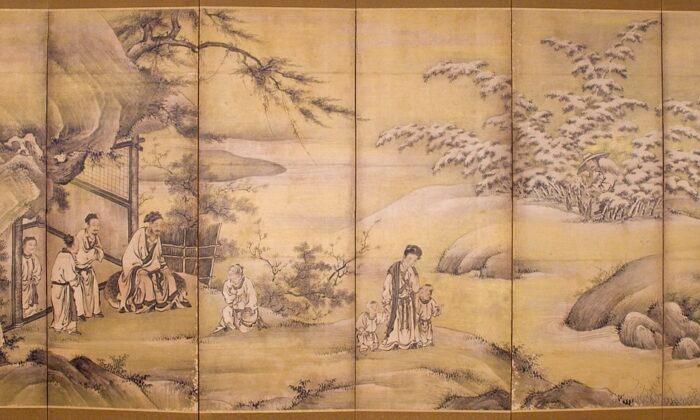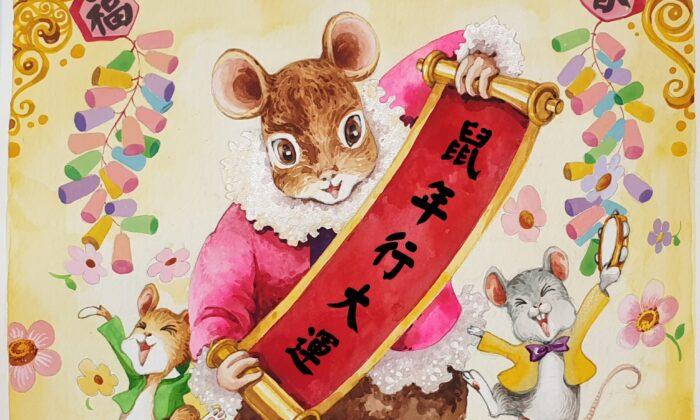The Chinese idiom “point to a deer and call it a horse” (指鹿為馬, pronounced zhĭ lù wéi mă) refers to confounding right and wrong, deliberately misrepresenting the truth, or distorting the facts for ulterior motives.
The idiom originated from the Qin Dynasty (秦朝) (221–206 B.C.) following the death of Qin Shi Huang (秦始皇), the first emperor of the dynasty and first emperor of a unified China after the state of Qin conquered all of the other states of that period.
During the reign of Qin Er Shi (秦二世), literally the “second emperor of the Qin Dynasty” in 210–207 B.C., the prime minister, Zhao Gao (趙高), was a man with greedy ambitions bent on usurping power.
He wished to rebel and take the throne but feared that some of the officials might be against him. Therefore, he devised a way to identify them as well as to determine his own influence in the court.
One day, he rode a deer on an outing with the emperor. The emperor asked, “Prime Minister, why are you riding a deer?”
Zhao Gao replied, “Your Majesty, this is a horse.”
The emperor said, “You are mistaken! That is clearly a deer!”
Zhao Gao responded, “If Your Majesty does not believe me, then we must ask the ministers for their opinion.”
When the ministers were asked, half told the truth and said it was a deer, while the other half, either fearing Zhao Gao or supporting him, said it was a horse.
Facing this situation, the emperor actually doubted himself and chose not to believe his own eyes but to believe the words of the treacherous minister.
Later generations used the idiom “point to a deer and call it a horse” to describe a situation in which someone reverses black and white and turns the truth upside down in order to deceive others.




